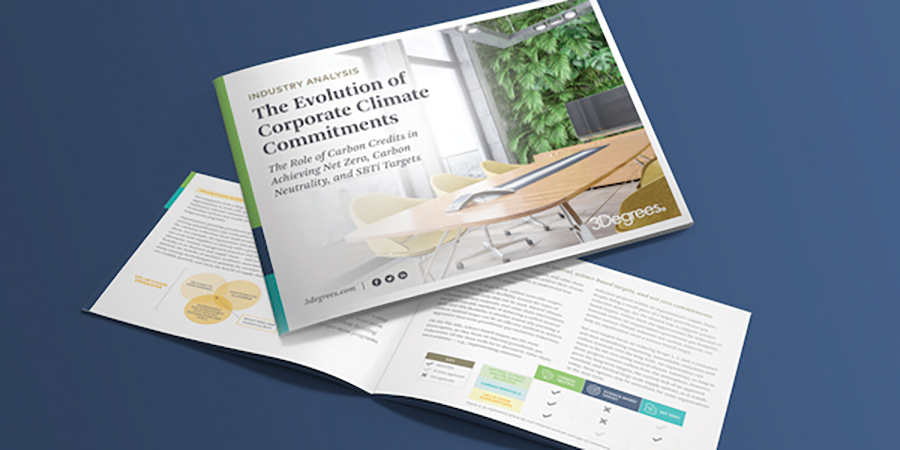The market is hampered by the COVID-19 pandemic. The automobile and construction industries have witnessed a decline. However, this pandemic has provided opportunities in the packaging and medical industry due to increasing health awareness and demand for protective shields, masks and PPE kits.
- Over the medium term, the factors driving the growth of the market are largely fueled by engineering plastic replacing traditional plastics and other materials in several applications and growing popularity of bio-PET.
- By product type, polyethylene terephthalate (PET) is the most used engineering plastic around the world. However, polyether ether ketone (PEEK) is projected to register the highest CAGR during the forecast period.
- The growing applications in the aerospace industry and the adaptation of green vehicles are expected to provide opportunities for plastics.
Key market trends in the automotive and transportation sector include:
- Due to environmental and economic concerns, automobile manufacturers are incorporating more advanced plastic materials to reduce weight and increase fuel efficiency. According to a recent study, every 10 percent reduction in vehicle weight reduces fuel usage by 6 to 8 percent.
- The high absorption properties of plastics allow the vehicle to meet stricter safety standards, while the use of engineering plastics allows for minimization of the mass of parts used in vehicles as they offer more design freedom compared to metals. Currently, there are about 30,000 parts in a vehicle, of which a third are made of plastic. In total, about 39 different types of plastics and polymers are used to make an automobile.
- Moderate growth is supported by the strength of key economies, a solid labor market, rising disposable income, low interest rates, etc.
- Due to global economic slowdown after 2018, automobile production has witnessed a declining trend. Vehicle production declined 5.2 percent in 2019 and 15.8 percent in 2020. The trend is expected to continue and negatively affect the market in the coming few years.
- By 2030, globally, the number of light vehicles is expected to rise to about 1.6 billion with an estimated 18 percent of the fleet (290 million cars) being electric. The increasing production and sales of light-duty vehicles are estimated to have a direct impact on engineering plastic consumption, which, in turn, is anticipated to drive the demand for engineering plastic over the long term during the forecast period.
- The growing demand for lightweight materials in the automotive industry, to provide increased efficiency and design flexibility, is primarily responsible for the growth of the engineering plastics market. High-performance engineering plastics offer the advantages of design and comparable strength of steel, which helps in reducing the overall weight and controlling greenhouse gas emissions.
- Growing demand for electric vehicles is driving the growth of the market. The need for lightweight material in these vehicles — to enhance energy efficiency — acts as a major impetus for the adoption of engineering plastics.
For more information, visit www.researchandmarkets.com/reports/5318500/engineering-plastics-market-growth-trends.
Receivables over 30 days were 1.8 percent, down from 1.9 percent the previous month and down from 3.0 percent in the same period in 2020. Charge-offs were 0.30 percent, down from 0.43 percent the previous month and down from 0.80 percent in the year-earlier period. Credit approvals totaled 76.3 percent, down from 77.0 percent in March. Total headcount for equipment finance companies was down 15.4 percent year-over-year, a decrease due to significant downsizing at an MLFI reporting company.
Separately, the Equipment Leasing & Finance Foundation’s Monthly Confidence Index (MCI-EFI) in May was 72.1, easing from April’s all-time high of 76.1, but still at historic high levels.
ELFA President and CEO Ralph Petta said, “Respondents showed robust April business activity, attesting to a strengthening economy. Despite soft labor market data for the month, an increasing number of businesses are opening up, as more Americans are receiving a vaccination, traveling and otherwise trying to return to some semblance of normalcy. Portfolio quality also shows resilience as lease and loan contract modifications requested by many customers appear to be in the rear-view mirror. The economy and business activity still have a ways to go to return to pre-pandemic levels, but what we see so far in terms of capital equipment investment is indeed encouraging as we head into the summer months.” www.elfaonline.org/data/mlfi.
Download a free white paper to see:


Download a free white paper to see:
- A detailed summary of the most common GHG reduction targets — net zero emissions, carbon neutrality, and science-based
- How these targets can work in concert to help achieve meaningful and long-term emissions reductions
- The spectrum of strategies and tools that can map to the various targets
- The role that carbon credits, including nature-based solutions, carbon removals, and value chain interventions play in meeting these commitments
Explore this white paper to learn how your organization can develop its own strategy for significant and impactful decarbonization. www.greenbiz.com/whitepaper/evolution-corporate-climate-commitments.